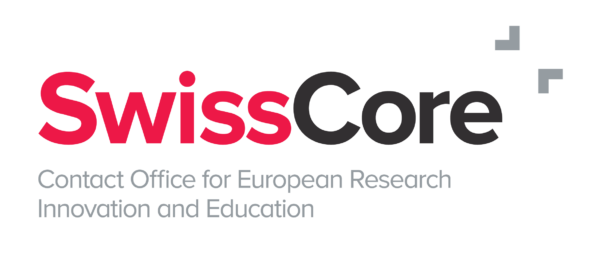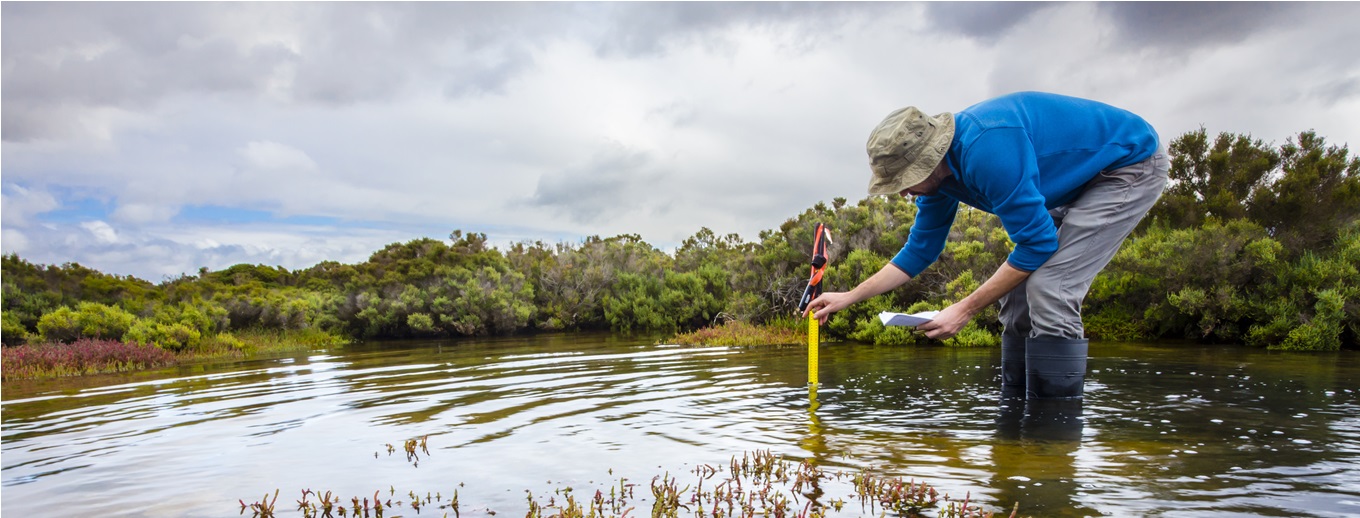With over one billion EUR spent on soil research over the last 40 years, the EU’s enormous efforts in soil research increased Europe-wide R&I collaboration.
The European Commission’s Joint Research Centre (JRC) published a report on “Forty years of soil research funded by the European Commission: Trends and future. A systematic review of research projects”. The review was carried out by scientists of the EU Soil Observatory (EUSO) team at the JRC.
The report discovered a consistent trend of rising budgets in successive EU framework programmes over the years, mirroring a corresponding increase in funding allocated to soil science research. Until the end of the 1990’s (FP4), soil projects made up a small portion of the total budget of the Framework programme, amounting to 0.10%. However, over the last 20 years, there has increasingly been higher funding per project and more projects funded. Horizon 2020 funded more than 200 soil-related projects with an amount of about EUR 350 million. In soil research, the highest EC contribution to date, EUR 40 million, has been granted to the European Joint Programme on Soil (EJP SOIL). The EJP SOIL is a co-fund action between the EC and member states to support coordinated national R&I programmes on soil research.
Furthermore, the report also showed trends in soil research: while “contaminated soil” and “soil and water” were essential themes in the past, “climate change” has been the most important topic from FP7 onwards, with the most funded projects on that topic. It accounted for more than 40% of the soil research in Horizon 2020.
Lastly, the report examines R&I cooperation in soil research. Until FP6, EU soil research was highly fragmented, with no connection between research themes. However, FP6 was effective in breaking down soil research silos by successfully enhancing connections to national, regional and other European initiatives in the field of research. Additionally, FP6, FP7 and H2020 also fostered EU international soil research cooperation among Member States with Africa, Latin America and China. Additionally, the Europe 2020 strategy for a smart, sustainable and inclusive economy and the Innovation Union flagship initiative in 2010 influenced the structure of Horizon 2020 and resulted in more interdisciplinary and transdisciplinary soil R&I.
As for the future of soil R&I, the Horizon Europe Soil Mission, with an unprecedented budget of one billion EUR for seven years, comes at a crucial time. The mission pays special attention to innovations in carbon farming, soil pollution (including pesticides), restoration, soil biodiversity and the circular economy. Their main goal is establishing 100 living labs and lighthouses to lead the transition toward healthy soils by 2030. The Soil Mission, together with the new Soil Monitoring Law and EUSO, form a unique and robust framework to address soil and land stewardship at the necessary scale and pace and across all types of land use and sectors.

